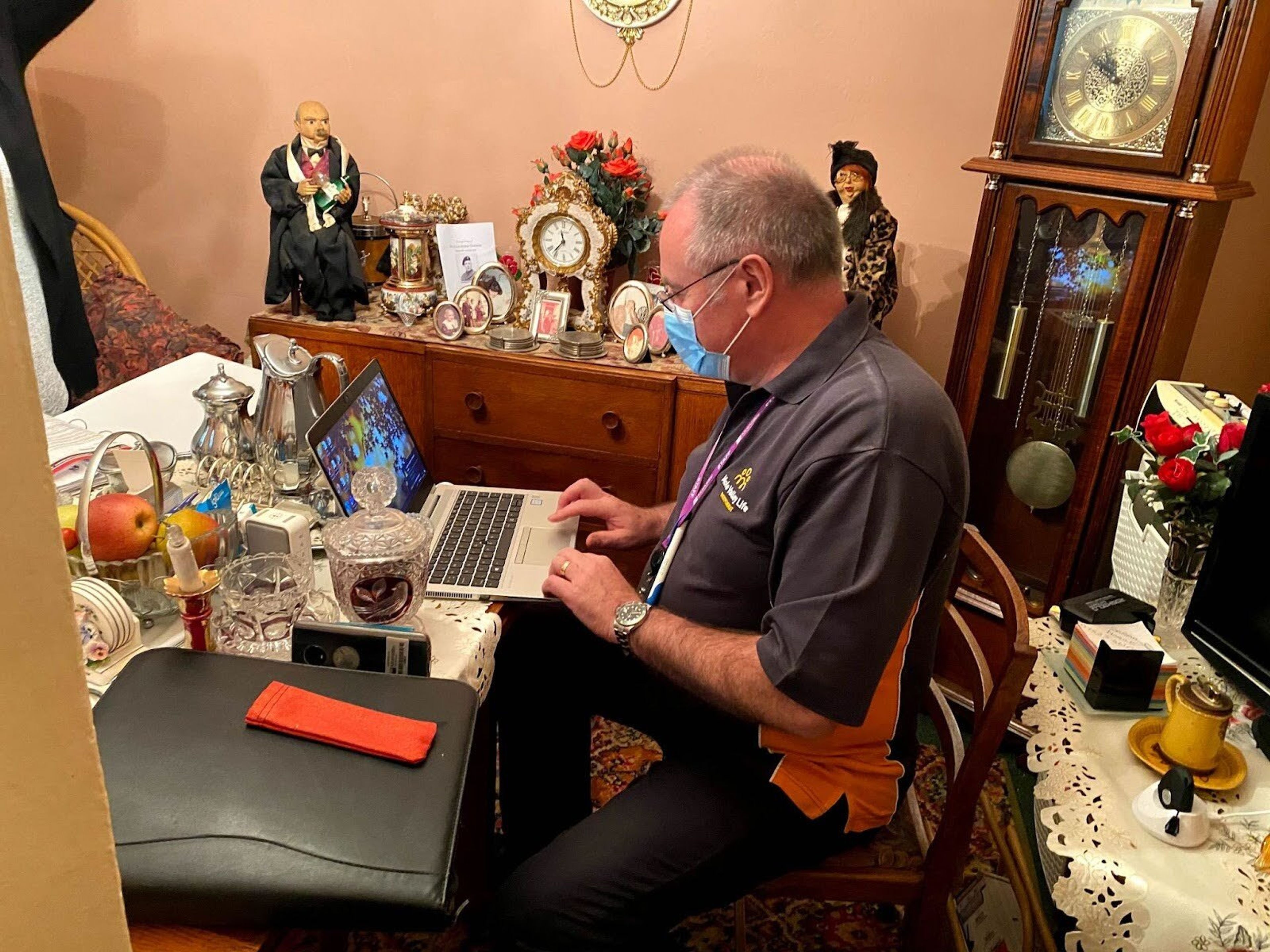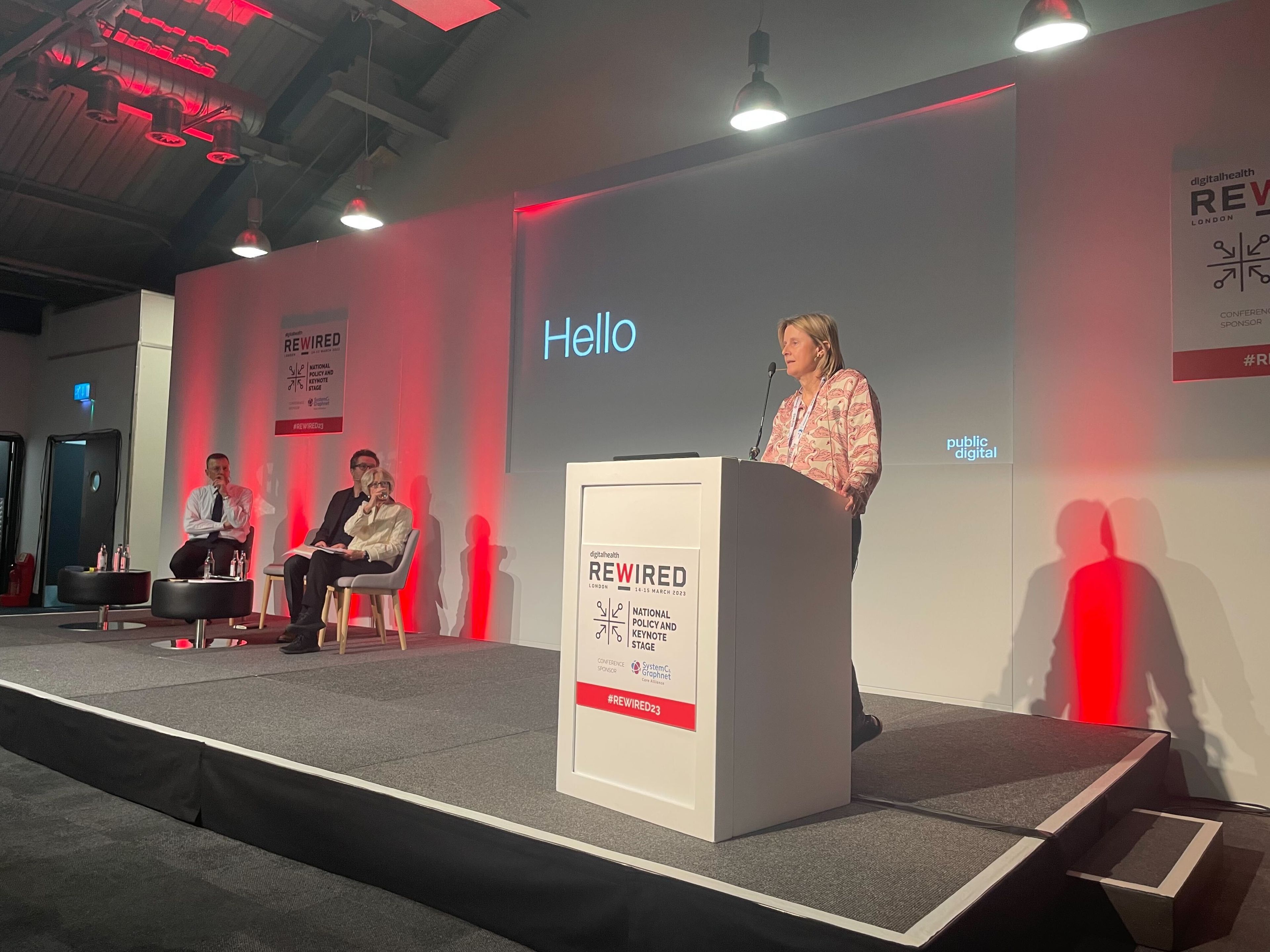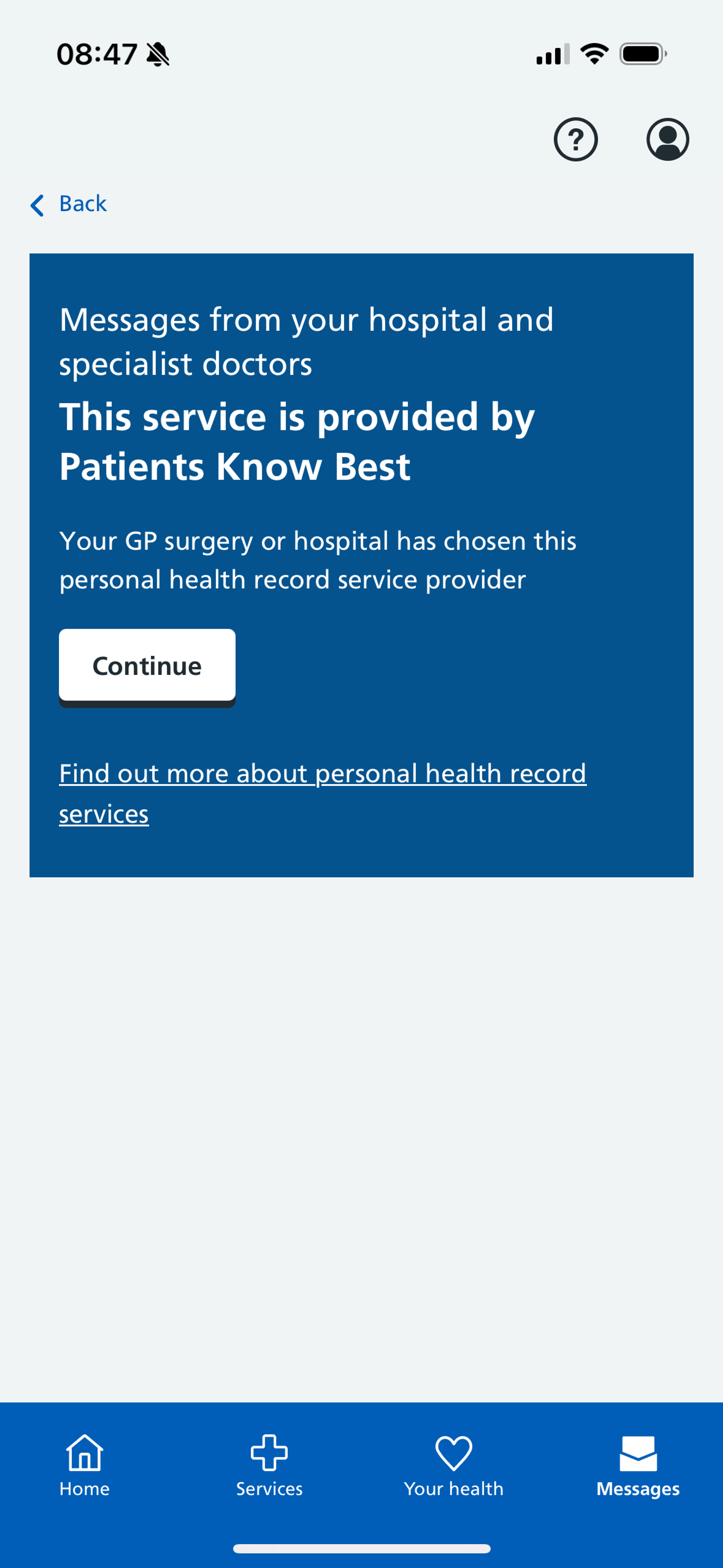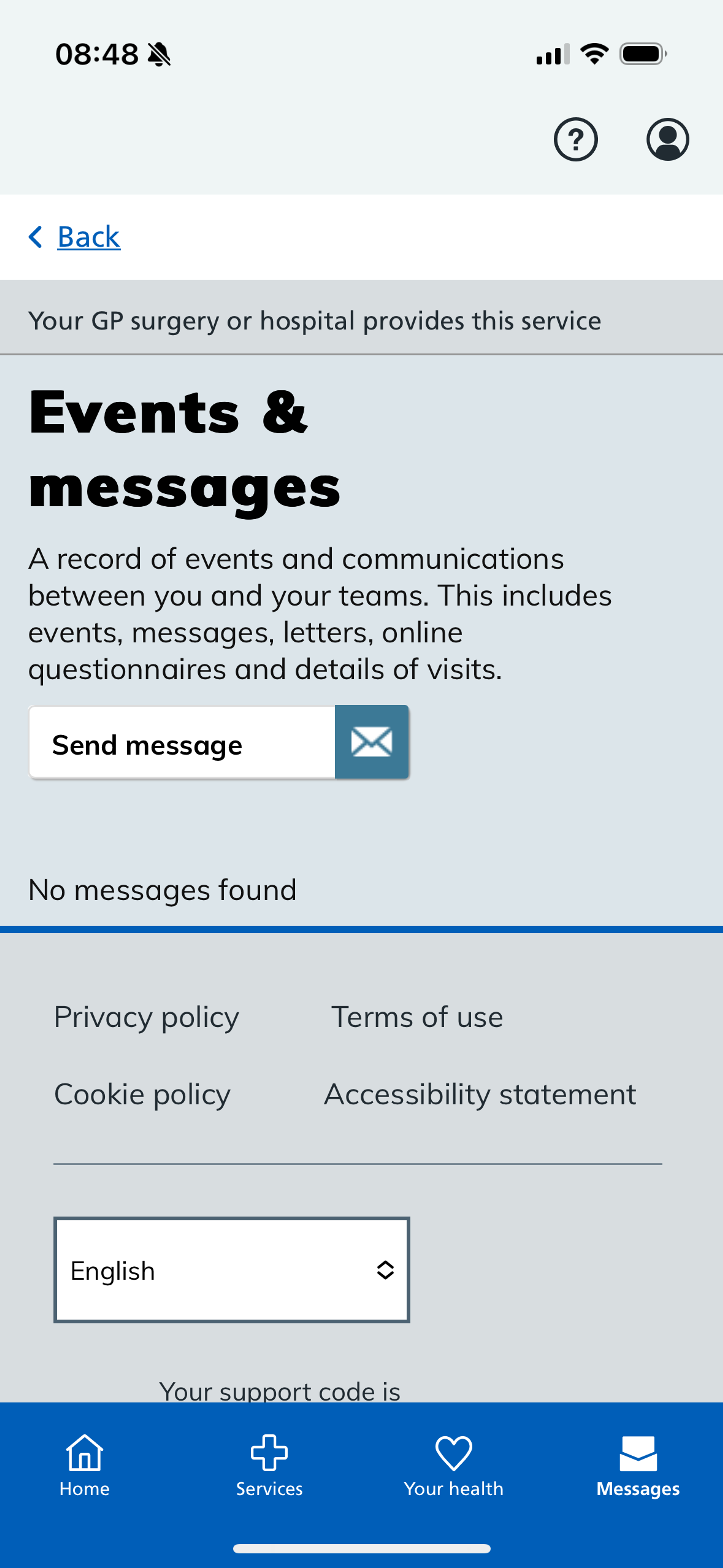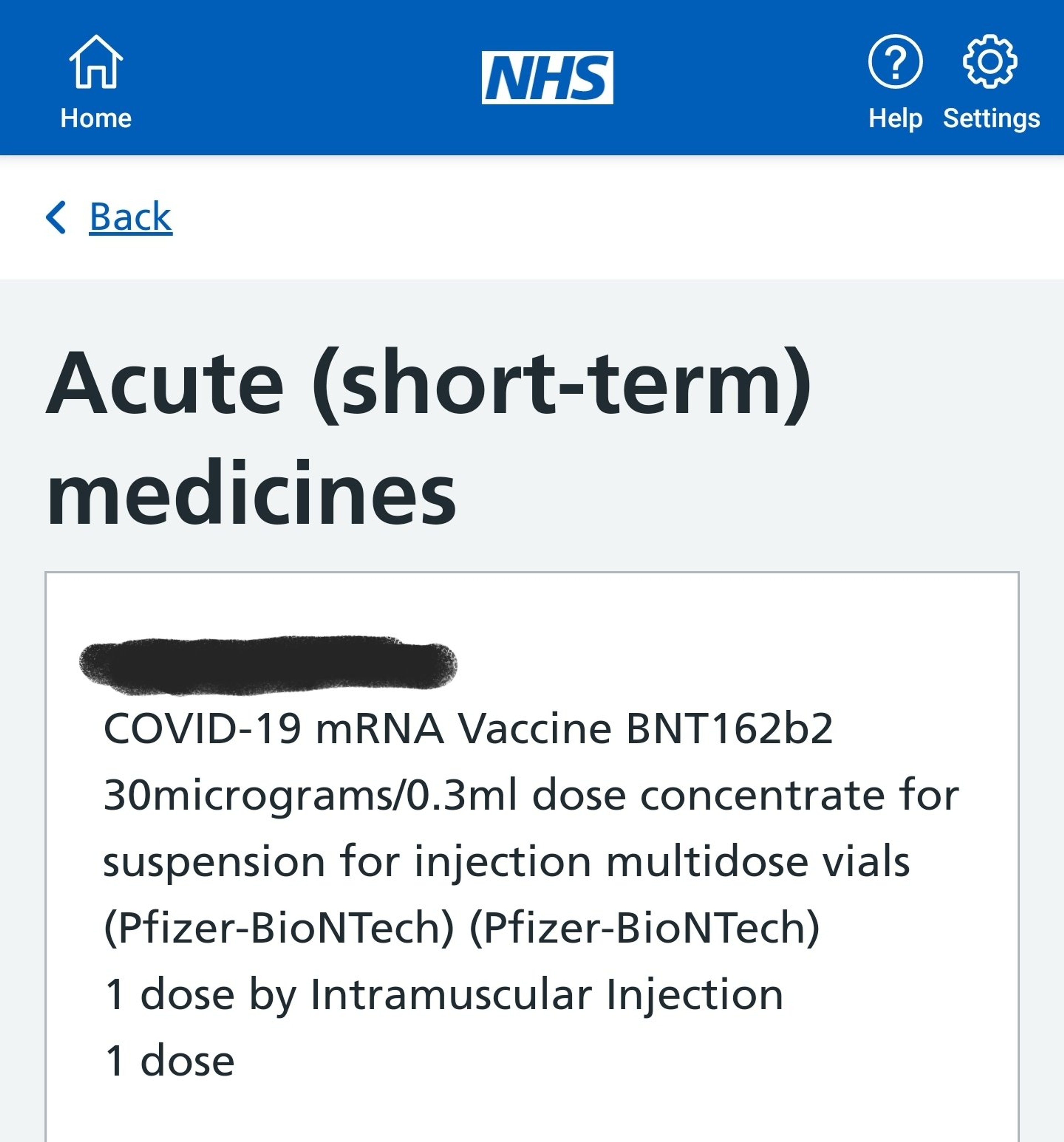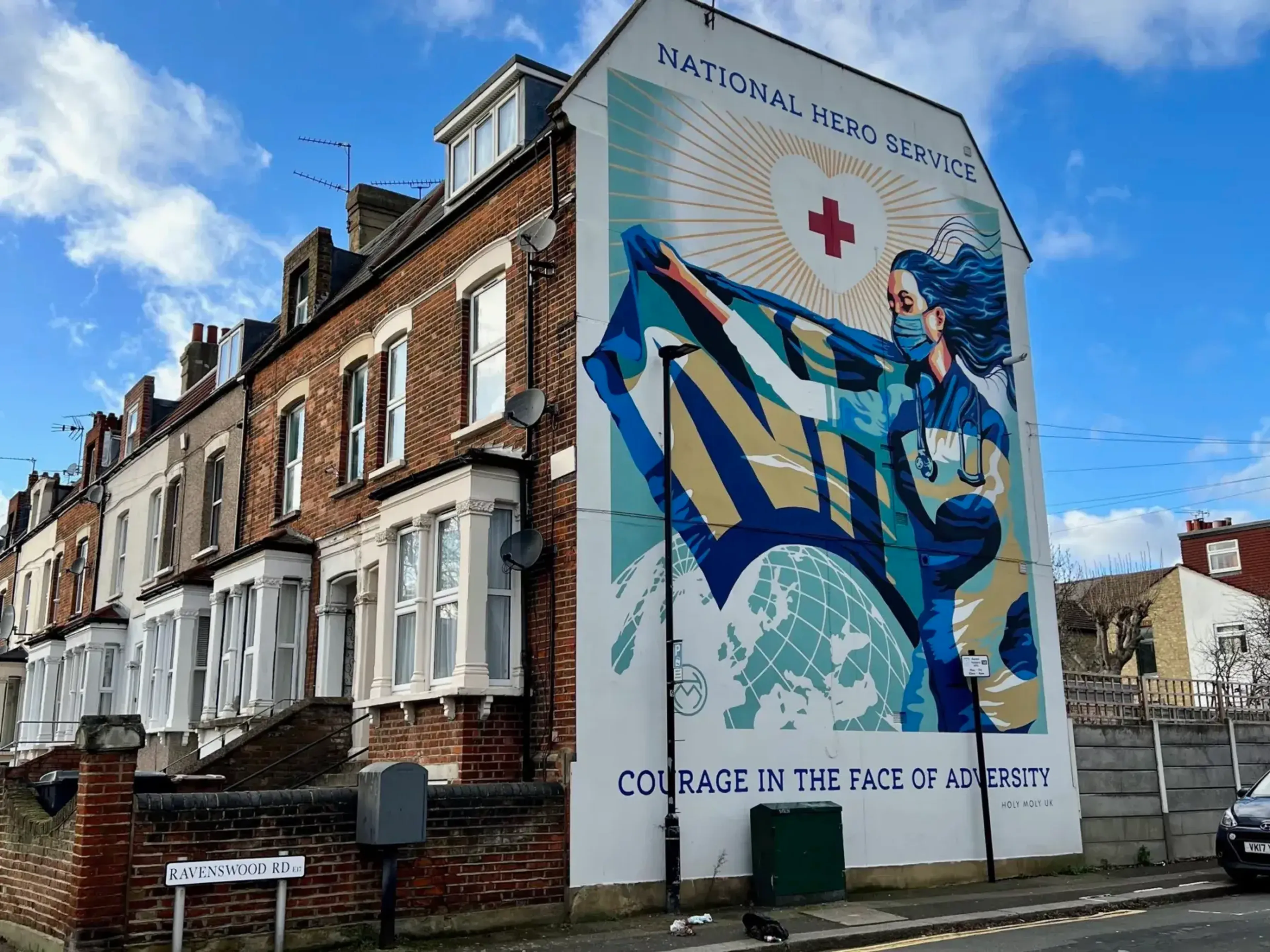Maintaining public health and preventing (rather than treating) sickness has been part of the NHS’ mission since its inception.
The subject of health, in its broadest sense, involves not only medical services but all those environmental factors- good housing, sanitation, conditions in school and at work, diet and nutrition, economic security, and so on-which create the conditions of health and prepare the ground for it.
1944 NHS White Paper
Fast forward to today and prevention remains a fundamental plank of the government’s strategy for the NHS. A lot has changed in that time but the most significant change has been that of technology. The internet has now enabled the processing and sharing of information and data instantaneously and at increasingly marginal cost. No surprise then that alongside the shift to prevention, the health and social care secretary is also prioritising a shift from analogue to digital, seizing the opportunities that these new technologies can provide.
To support alignment around the digital prevention agenda, NHS Providers hosted a roundtable for national, system and trust leaders to discuss the role of digital in prevention. Our aim was to help increase understanding, provide some of that alignment, and forge some new and useful connections along the way.
Here are six key takeaways from the discussion:
- Prevention is having a moment
The political prioritisation of prevention alongside the investment in the tools and platforms that support it, is helping move prevention from policy discussions into mainstream healthcare delivery and opening an Overton window for change that can be leveraged. Now is the time to prioritise any associated opportunities. - The NHS App will be a key tool in the prevention toolset
The NHS App is emerging as one of the most powerful digital tools in healthcare — boasting more subscribers than Netflix and logging over 50 million sessions in January alone. Its potential lies not just in usage volume, but in expanding its offer and embedding it deeper into integrated service delivery and prevention strategies. Although there will always be a desire to fix everything through the NHS App given its user base, it will be important to ensure the patient’s experience through the app is organised around a coherent set of services and needs and doesn’t get too confusing and bloated. - Digital can enable a shift from transactional to relational type services
There was a consensus that digital health tools shouldn’t just facilitate transactions — they should help foster long-term, personalised relationships. Much like YouTube’s tailored experience, digital health has an opportunity to be, as Rachel Hope, director of digital prevention services at NHS England put it, more “proactive, participatory, and personalised”, transforming the app from a front door into a companion on the health journey. - We need to prioritise enabling work if we want to grasp the data opportunity for prevention
The quality, accessibility, and linkage of data across services will play a revolutionary role in unlocking effective prevention. The NHS App could enable self-reported data, while social and demographic insights offer new opportunities to target interventions more precisely. But this will not happen without the critical enabling work of making information governance easier, putting the right tools and platforms in place, and driving standards. - Behavioural change can be driven by design
Behavioural change lies at the heart of much of prevention activity. Medicine adherence, better lifestyles, vaccination uptake are all examples. Design is an incredibly powerful lever to achieve this — whether through the gamification of physical activity goals (Couch to 5k) all the way to the simple act of providing clear enough language so that all patients can understand what is meant and what is best for them in terms of their choices. The NHS App and other tools can be a lever to drive better design into patient interactions. - National tools can be a force multipliers for local capabilities
It’s a bit of a classic refrain, but where national bodies are building and maintaining scalable platforms, these must allow local flexibility or if they can’t, at a minimum should be co-designed with the front line to ensure buy-in and cultivate a sense of agency among local teams. The NHS’ famous blue lozenge and central mandates are rarely enough to guarantee take-up; products and platforms must also be designed to enable easy adoption. For instance the ability to cohort and invite users can give local teams powerful new capabilities — turning national products into huge local assets.
In my experience of at-scale transformation, the key organising principle for (and challenge to) digitally enabled change in the NHS, is getting alignment across a highly federated and fragmented system. Everyone agrees that prevention and digital transformation matter, but actually delivering it means confronting hard trade-offs and deep cultural change to create that alignment. Forming coalitions of the willing (for instance among the attendees of this roundtable), building momentum from the ground up, and keeping prevention high on the political agenda will be vital to ensure that digital prevention has what it needs to deliver on its promise.
This post originally appeared on the NHS Providers website.









